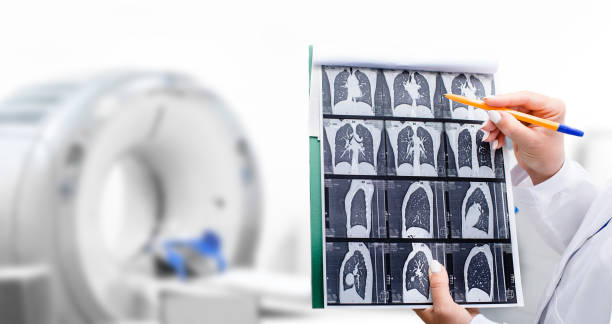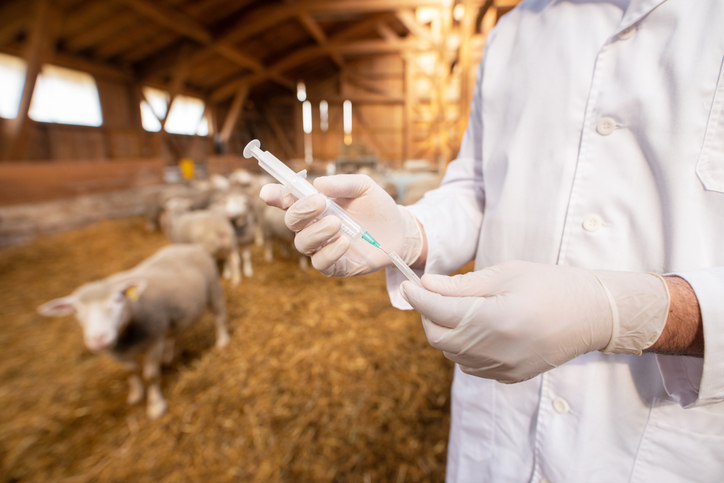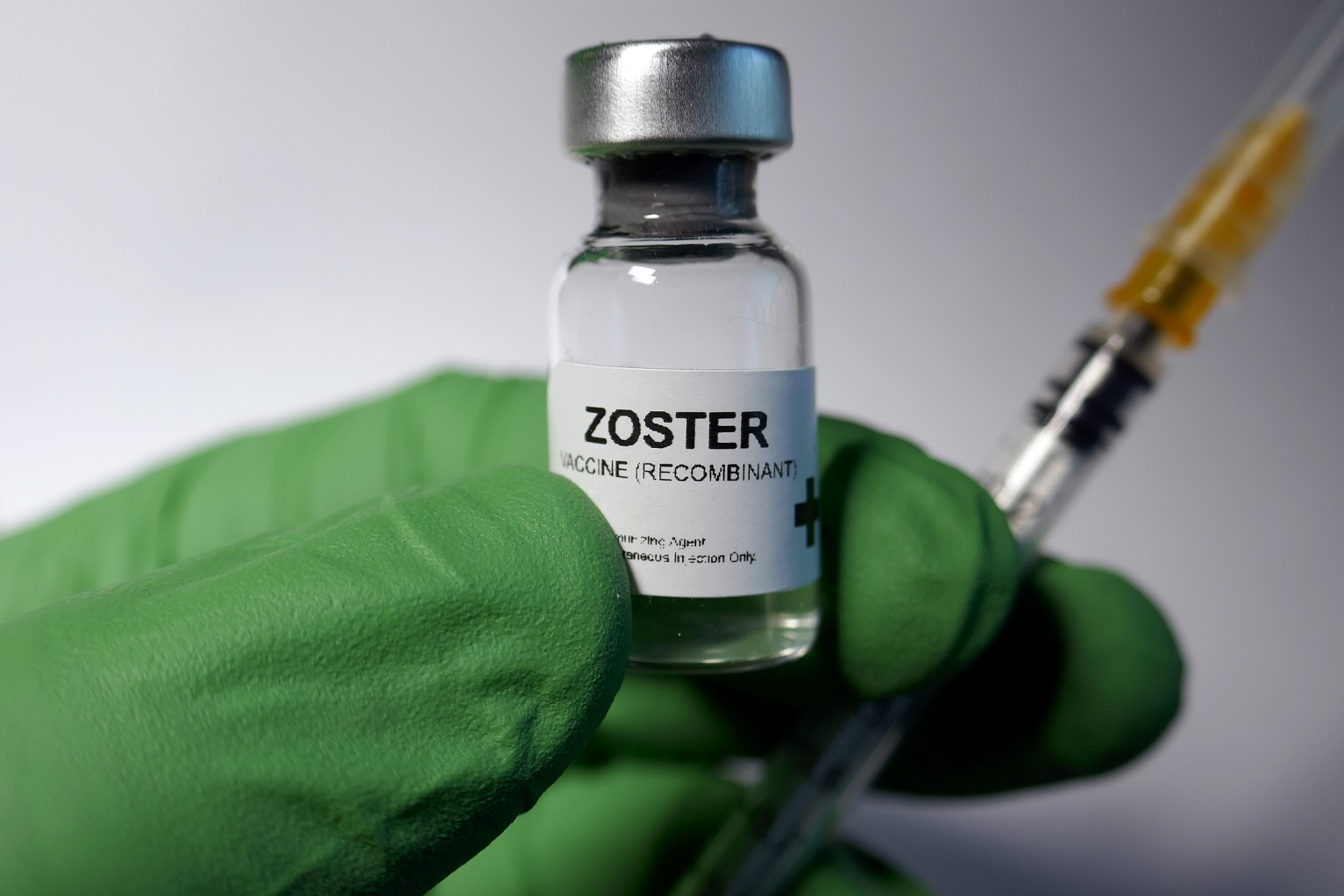Computed Tomography (CT) scans use X-rays to provide detailed cross section images of the body’s internal organs, bones and soft tissues for the purpose of diagnosing disease and injuries. They’re commonly used to help detect and treat a wide range of conditions, from bone fractures and cancer tumors to heart disease and blood clots. CT scans can also be used to guide procedures like biopsies and help evaluate how well certain treatments are working. But according to a new study published in JAMA Internal Medicine on April 14, 2025, these frequently used scans using ionizing radiation may contribute to over 100,000 cancer cases each year, with the risk being especially high in children and adolescents who have undergone CT imaging.1 2 3
In the study, researchers at the University of California, San Francisco estimate that over the lifetime of the millions of patients who received CT scans in 2023, about 103,000 radiation-induced cancers may result. “If current practices persist, CT-associated cancer could eventually account for 5% of all new cancer diagnoses annually,” the authors wrote.2 3
The study found that while children and adolescents face the highest individual risk from radiation exposure, adults account for the majority of projected cancer cases due to their higher rate of CT scan use. The largest number of cancers was linked to abdominal and pelvic scans in adults, followed by chest CTs. The most common cancers projected overall were lung cancer, colon cancer, leukemia, and bladder cancer.2 3
The Catch-22 of Cancer Detection: Life-Saving or Life-Threatening?
While cancer diagnostics like CT scans and mammograms are widely promoted as safe and essential tools for early detection, emerging data tells a more complicated story. According to the study, breast cancer was the second most common cancer linked to CT-related radiation exposure among female patients, highlighting a troubling paradox: the very scans used to detect breast cancer may also raise the long-term risk of developing it.2 3
Adding to the concern, false positives in mammograms (when a scan incorrectly suggests the presence of cancer) occur in 10–12 percent of cases in women aged 40–49, potentially leading to unnecessary stress, testing, and even treatment.4
Unlike other imaging tools such as MRIs and ultrasounds, CT scans and mammograms use ionizing radiation, a documented carcinogen. Ct scans pose a potential occupational hazard for healthcare professionals.
Neurosurgeon Betsy Grunch, MD recently suggested ionizing radiation could be a contributing factor in a case involving 10 maternity nurses who all developed brain tumors while working on the same hospital ward. “The most common environmental risk factor for these types of tumors is ionizing radiation,” Dr. Grunch stated in a LinkedIn post.5
2015 Investigation Finds Many CT Scans Unnecessary and Overused
This isn’t the first time cancer concerns have been raised about CT scan imaging. A 2015 investigation by Consumer Reports found that up to one-third of all CT scans may be unnecessary, potentially exposing patients to avoidable radiation.2
CT scans are just one of many unnecessary tests and procedures prescribed to patients each year. The U.S. health care system spends almost $1 trillion annually on wasteful healthcare spending, largely due to inefficient care delivery, medical errors, and overtreatment.
The conventional fee-for-service model is thought to be a driving factor behind this excess use of CT scans. Under this widely adopted payment system, healthcare providers are reimbursed for each individual service they perform, whether it’s a patient visit, diagnostic test, or procedure like a CT scan. The more services provided, the higher the payout for the provider.6
This long-standing model prioritizes volume over value—rewarding treatments and procedures over positive outcomes. As a result, the system incentivizes more but potentially unnecessary interventions. Testing becomes the preferred intervention rather than focusing on lifestyle and behavior modifications like nutrition education or exercise. According to data from the Health Care Payment Learning and Action Network (HCP LAN), over 40 percent of all health care payments in 2021 were from fee-for-service payment models.6
Use of CT Scans Increased 30 Percent Since 2007, Overused for Respiratory Infections and Common Headaches
Not only has the number of CT scans performed in the U.S. since 2007 increased significantly (30 percent), but research also shows CT scans are being overused for upper respiratory infections and common headaches—conditions that could often be diagnosed or managed more safely through a detailed medical history, physical examination, symptom monitoring, and, when needed, lower-radiation tools like ultrasounds or MRIs.7
“Given the large volume of CT use in the United States, many cancers could occur in the future if current practices don’t change,” UCSF radiologist Rebecca Smith-Bindman said. “Our estimates put CT on par with other significant risk factors, such as alcohol consumption and excess body weight. Reducing the number of scans and reducing doses per scan would save lives.”7
CT scans are “inextricably woven into the fabric of modern medicine,” according to an accompanying editor’s note, which emphasized the need to give true informed consent so the patient can balance the benefits and risks of imaging tools that use ionizing radiation. The note also offers guidance, including considering the use of alternative, radiation-free or low-radiation imaging options; reducing radiation dose for CT scans; and educating clinicians about avoiding low-value testing.2 3
If you would like to receive an e-mail notice of the most recent articles published in The Vaccine Reaction each week, click here.
Click here to view References:1 Cleveland Clinic. CT (Computed Tomography) Scan. June 13, 2023.
2 Moniuszko S. Radiation from CT scans could lead to thousands of future cancer diagnoses, study finds. CBS News Apr. 14, 2025.
3 Smith-Bindman R, Chu PW, Azman Firdaus H et al. Projected Lifetime Cancer Risks From Current Computed Tomography Imaging. JAMA Intern Med. Apr. 14, 2025
4 Komen SG. Mammography: Accuracy and limitations. 2023.
5 Baker A. Mysterious Increase in Brain Tumors Among Nurses in Massachusetts Hospital Ward. The Vaccine Reaction Apr. 8, 2025.
6 Healthinsurance.org. Fee-for-service.
7 Alvarado A. CT scans could be a contributor to cancer, study finds. Fox 12 Oregon Apr. 17, 2025.













5 Responses
I’m here to testify about the great work Dr Aba did for me. I have been suffering from (HERPES) disease for the past 5 years and had constant pain, especially in my knees. During the first year, I had faith in God that i would be healed someday.This disease started circulating all over my body and i have been taking treatment from my doctor, few weeks ago i came across a testimony of one lady on the internet testifying about a Man called Dr Aba on how he cured her from Herpes Simplex Virus. And she also gave the email address of this man and advise anybody to contact him for help for any kind of sickness that he would be of help, so I emailed him telling him about my (HERPES Virus) he told me not to worry that i was going to be cured!! Well i never believed it,, well after all the procedures and remedy given to me by this man few weeks later i started experiencing changes all over me as Dr Aba assured me that i will be cured,after some time i went to my doctor to confirmed if i have be finally healed behold it was TRUE, So friends my advise is if you have such sickness or any other at all you can contact Dr Aba via email [email protected] You can also call or whatsApp his telephone number on +2348107155060. Thanks once again Dr Aba. .
Ionizing radiation. That’s what your cell phone is giving you too.
No, cell phones do not emit ionizing radiation. They emit non-ionizing radiation, specifically radiofrequency (RF) energy, which is much lower in energy and frequency than ionizing radiation. Ionizing radiation, like X-rays, has enough energy to damage DNA and is associated with higher risks of cancer, while RF radiation from cell phones is not strong enough to cause this kind of damage.
-quick Google search
Do they give CT scans in a lead pb lined room? and does the technician nurse leave the room while the machine is on?
digital image use less radiation than the old chemical film. But we still should limit exposure.
we can use thermal imaging to detect breast cancer.
I’m a CT tech, and yes we leave the room during the scan. The rooms are lead lined. However, one abdominal/pelvis CT scan is the equivalent of receiving 1000 chest x-rays all at once. That’s how high the dose is. Your doctor will never tell you that, if they even know it, honestly.